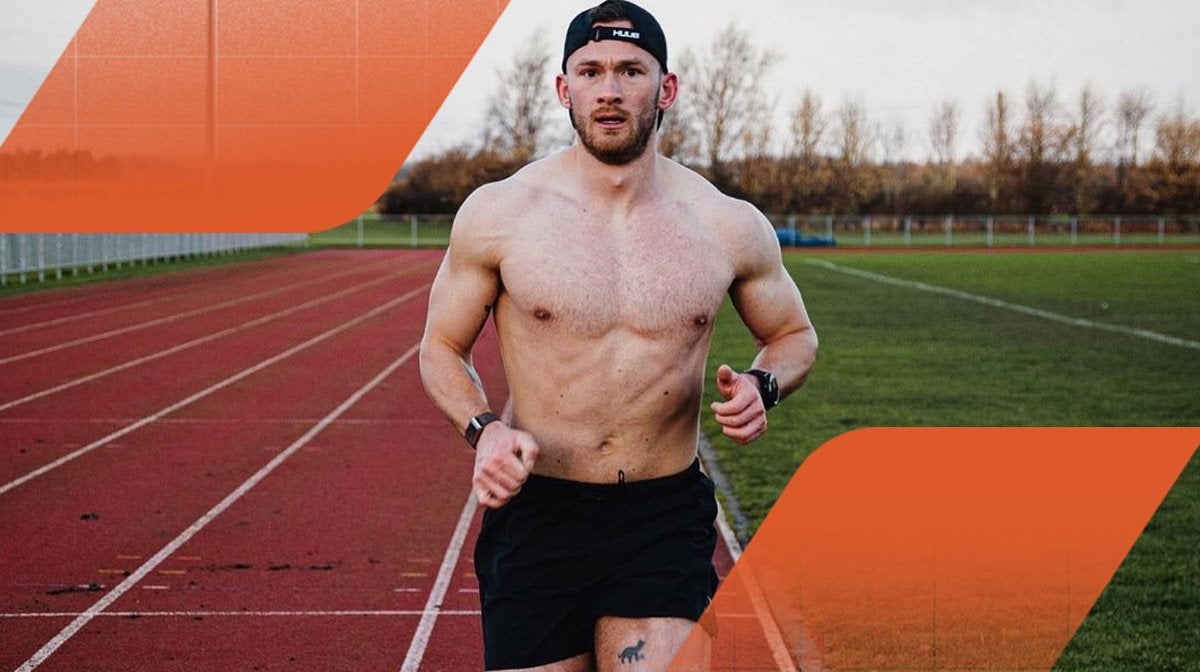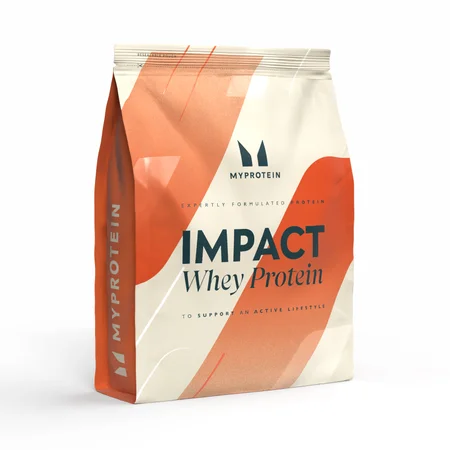How To Run A Faster 5k With Hybrid Athlete Fergus Crawley

The 5k is up there with the most popular running events, and for good reason. Not too long, not too short, it offers a challenge to runners of all experience levels. But, as with most things, success lies in the approach.
Hybrid athlete and Myprotein ambassador Fergus Crawley knows a thing or two about endurance running. He’s shared some valuable advice on how to improve your training routine and boost your 5k performance.
Tip 1: Manage Your Expectations
Start your journey with realistic expectations. Distance running is a skill. Like all skills, it takes time to develop, so don't run before you can walk.
Fergus emphasises the importance of self-progress and encourages focusing on achievable short-term goals, rather than obsessing over distant milestones. He also says to not punish yourself by measuring your performance compared to others.
“Manage your expectations and understand your starting point. For example, I’m 205lb, I have a background in rugby, powerlifting and now I’m a hybrid athlete, which means that at this body weight, with my strength training as well, I’m never going to be running a sub-15-minute 5k. But I’ve made peace with that and therefore I can manage my expectations accordingly.
"So look at yourself as an individual, your strengths, your weaknesses, where you need to improve, and get to work. Look at the progress you make on a day-to-day basis rather than focusing too far into the future and on arbitrary numbers."
Tip 2: Allocate Your Effort Effectively
Fergus references the 80/20 rule — where 80% of your training volume should be easy and 20% should be moderate or hard — but acknowledges that it can be tricky to get the balance right.
"In principle, that's fantastic, but in practice, it's quite arbitrary and difficult to apply those numbers to a training plan."
He categorises training into easy running (long, steady, slow miles in an aerobic heart rate zone), moderate running (tempo, zone 3, and subthreshold pace), and full-on max-effort running. Get the balance between these types of running correct, and you’ll be on the way to progress.
“You should be mapping out your training with aerobic work included, with a small dose of high-quality, high-intensity hard work to really improve that top-end performance, and then some tempo, some steady higher effort, moderate effort stuff in the middle over a shorter volume, so you can really get your legs turning over and really get used to 5k effort levels.
It’s important to mention your aerobic pace might be what’s lacking the most, and therefore you can make a lot of gains from just running slow. But when you’re confident enough to start working at some high-intensity work, let’s say you’re running three times a week. One of those can be a high-intensity track session, one can be a moderate-intensity tempo run, and one can be a long, slow run.
“With those three components pieced together across a week, you can make steady progress while focusing on recovery and adaptation, and you can analyse where you’re performing well, where you’re feeling good, and where you’re not feeling good, so you can make tweaks as you go, rather than waking up every morning, lacing up your shoes, sending it out the door, and then wondering why after three weeks you’ve torn your calf and you hate running.”
Tip 3: Don't Overlook Strength Training
Strength training can play a pivotal role, regardless of your running level. Beginners benefit from understanding biomechanics and building structural integrity, while intermediate runners should focus on strength to support their running, including exercises like back squats and trap bar deadlifts.
Advanced runners can concurrently work on strength and 5k performance to get both faster and stronger at the same time.
Fergus says it’s difficult to give specific advice as strength training is so wide-ranging, but he does want to dispel one myth.
“You get a lot of high-volume training out of the gym with your running, so what you want to do in the gym is the stuff that you’re not getting when you’re out running, which is higher weight, higher intensity, heavier movement patterns.
“So the old myth of doing sets of 20 on squats because that’s mimicking running is silly, because you’re already doing enough running. What you want to be doing is strength training to reap the rewards of strength training to support your running.”
Tip 4: Have Skin in the Game
Set yourself up for success by giving yourself something to work towards. Having a clear goal to work toward should help you stay on track while keeping you accountable.
Sometimes, after a few setbacks, it can be easy to give up. Creating commitment and intent can help drive you forward and prevent you from dropping out when things get tough.
“Commit to that race, join that run club, join the athletics club, sign up to your local park run. Whatever it may be to give you a date, to give you accountability, to give you something to work towards, that will allow you to make a roadmap to plan towards your goals. Those don’t happen by accident, they happen through hard work.”
Tip 5: Have a Plan of Action
Training with intent is crucial. Know your daily workout, what it involves, and how long it will take. This planning ensures you're fully invested in your training process and arrive at the start line with confidence, knowing you've given your all.
"I get a huge amount of value from the process of training. And it means that when I turn up to the start line, the only question I ask myself is: ‘Have I done everything I could do within the context I had available to me to be here right now?’ If the answer is yes, then the time is the time. At the end of the day, the process is more valuable than the destination."
Tip 6: Make Training Sociable
Don’t go it alone. Training with like-minded people of similar skill levels can amplify your commitment and enjoyment. It’s less easy to skip a training session when you’ve made plans with others. Plus, it's a way to bond while collectively working towards common goals.
“The past few years I’ve spent an enormous amount of time training on my own. This year I’ve made a really focused effort to make my training more accessible and easier to do with people. From a social point of view, from a happiness point of view, from a training consistency point of view, spending time with people and enjoying the suffering and solidarity along the way has been fantastic for me.”
Bonus Tip: Don't Forget Protein
"When training, we are essentially breaking down muscle tissue, and the building block to repair that is protein. One of the ways you can supplement your protein throughout the day, obviously getting most of it through whole foods, is with supplements."
"The general range is between 1.5g of protein per kilo of body weight all the way up to 1g per pound of body weight. Maybe a little bit higher if you’re going to step on a bodybuilding stage, maybe a little bit lower if your exercise training volume is on the lower end of the spectrum. But that ballpark range is where you want to be aiming for on a day-to-day basis.
With that in mind, have a look at your protein intake, see if there are any gaps that you need to fill, or if you might need a more convenient source.”
Take Home Message
Whether you're a total beginner or a seasoned sub-20 pro, your 5k journey should be a blend of steady progress, sustainable effort, long-term commitment, good planning, and team spirit.
Stay focused on these guiding principles, and your path to 5k improvement will not just be easier, but also more rewarding.









